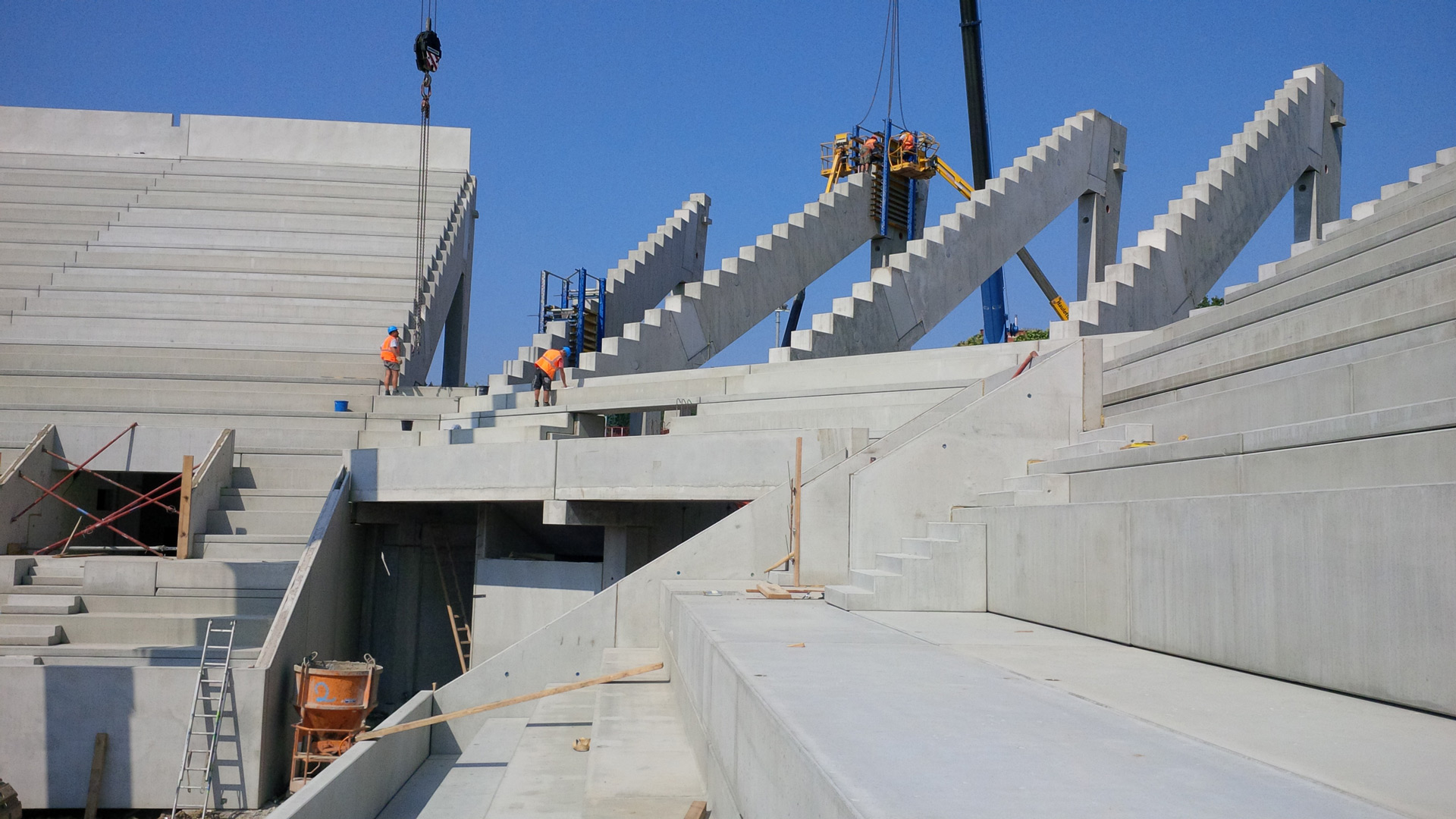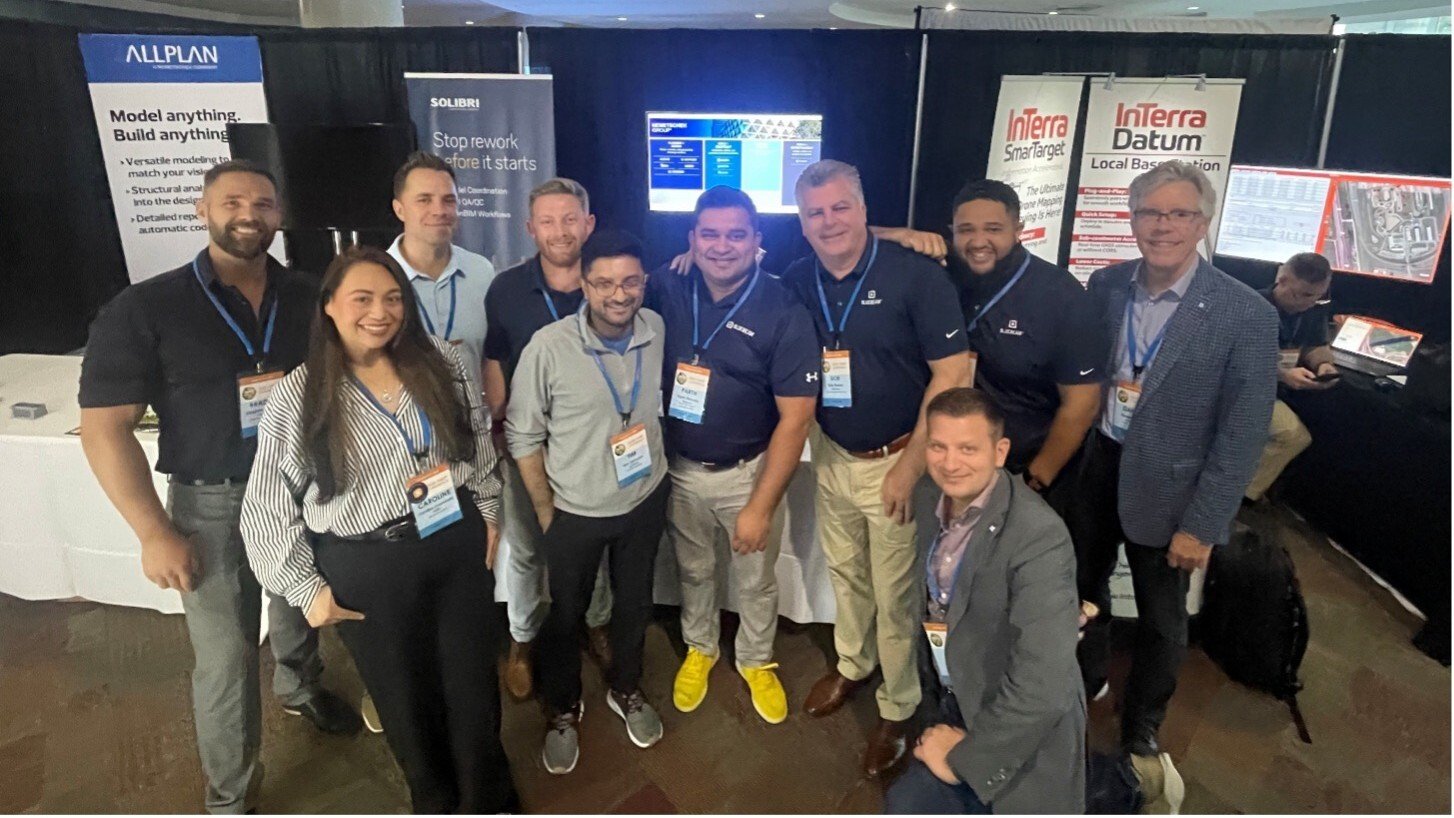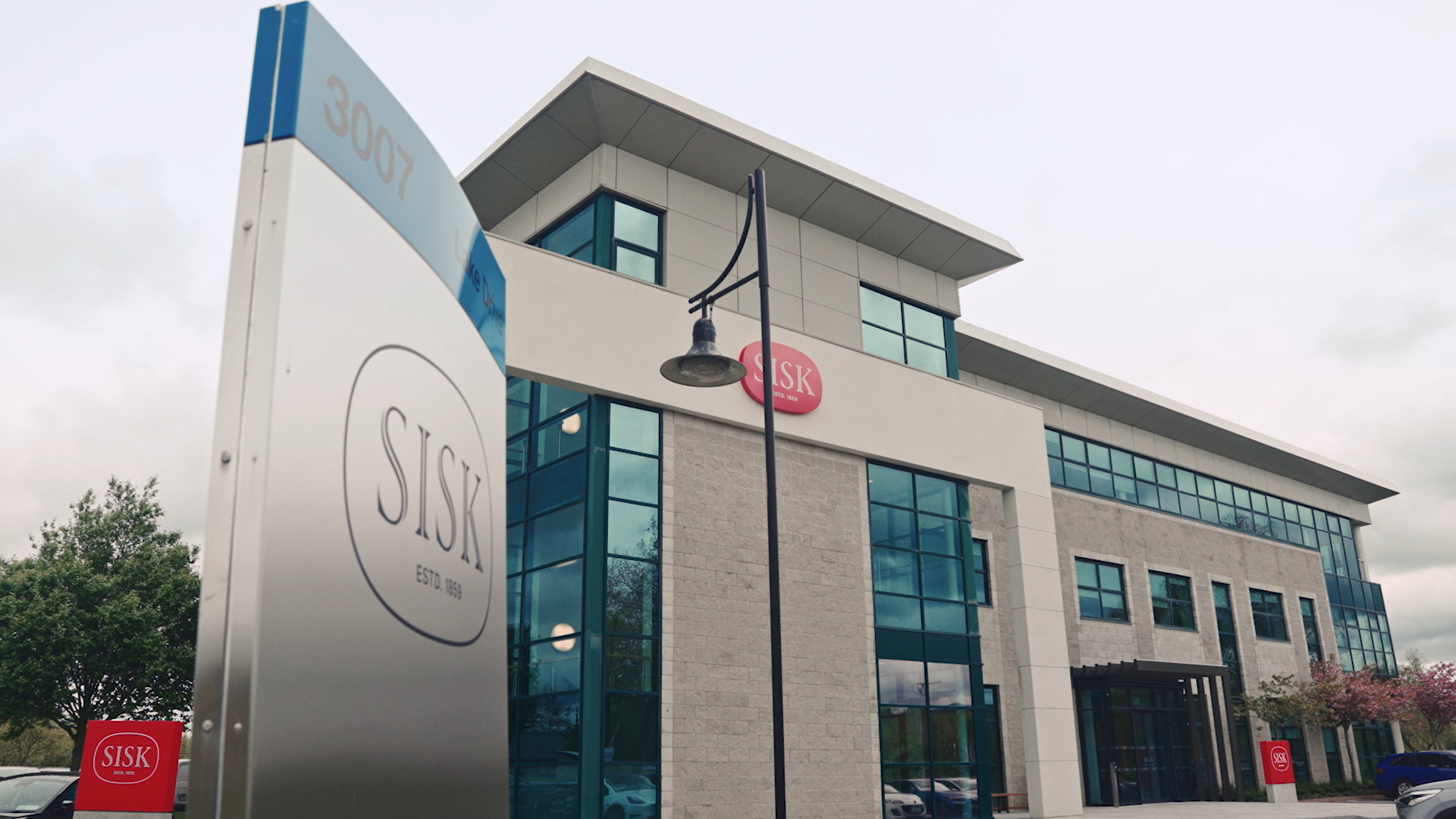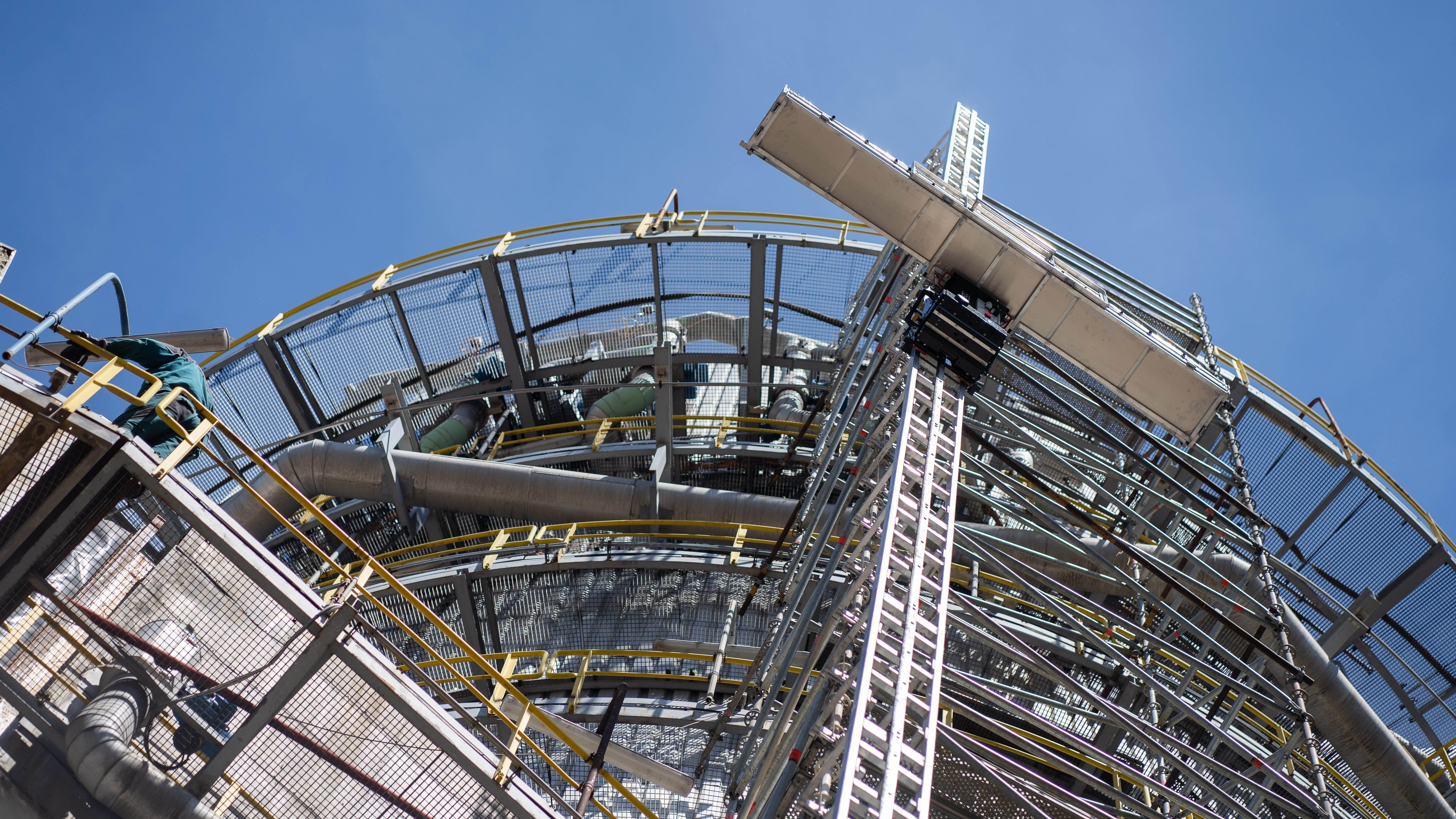Prefabrication: The new, old trend in the Construction Industry
Prefabrication is one of the fastest growing segments within the AEC/O industry. Experts also predict a bright future for modular construction in the years ahead. But prefabrication is not an invention of the 21st century: Gustave Eiffel relied on industrial construction for the construction of the Eiffel Tower.
Author
Christiane Ganster-Rathgeb
Marketing Manager in the Allplan Precast Competence Center for more than seven years.
This article belongs to the collection Quality & Efficiency
To the topic pagePrefabrication is not an invention of the 21st century: Gustave Eiffel relied on industrial construction in 1887 and had 18,038 prefabricated individual parts produced for the construction of the Eiffel Tower. The Eiffel Tower thus went down in history as the pioneering project of the century and revolutionized the construction industry for good.
Prefabrication is one of the fastest growing segments within the AEC/O industry. Experts also predict a bright future for modular construction in the years ahead. Why industrial construction in particular is growing twice as fast as the rest of the construction industry can be explained by the numerous advantages of this method.
Prefabrication offers precision and time certainty
In prefabrication, the individual elements are produced with millimeter precision in a production hall located away from the construction site. The components are then delivered just-in-time to the construction project and assembled in the appropriate place with the help of cranes. This way, off-site construction transfers the benefits of industrialization to the construction industry and thus ensures greater efficiency, shorter lead times, and higher precision. Materials such as wood, concrete, steel, or a combination of these in the form of hybrid components are used.
Another major advantage is the extraordinarily accurate time and cost planning – especially in view of the fact that, according to McKinsey, conventional construction projects take an average of 20% longer and cost up to 80% more than planned. With precast projects, on the other hand, construction companies benefit from fixed prices and predetermined delivery dates. In addition, the logistics involved in erecting the buildings are simplified because fewer individual deliveries have to be coordinated compared with conventional construction projects. A further benefit is the smaller number of skilled workers needed on the construction site itself, in contrast to traditional projects.
Resource-efficient construction thanks to precast elements
Precast elements also score well in terms of sustainability: thanks to the ideal production conditions in the manufacturing hall, the raw materials used are optimally utilized. In addition, machine production ensures the precast elements are of a consistently high quality. Furthermore, up to 90% of waste can be saved compared to on-site construction. Studies show that up to 67% less energy is consumed in the production of precast elements than in conventional construction methods using in-situ concrete, for example. Thanks to the short construction time, residents also benefit from reduced noise and dust pollution.
Prefabrication: A role model for Digitalization
In a nutshell, industrial prefabrication of components allows the construction industry to benefit from the productivity gains that the automotive industry, for example, has been enjoying for years. It’s no wonder that global leaders like Tesla have long relied on precast concrete components in the construction of their new production halls.
However, innovative ways of production also require rethinking when it comes to suitable design tools. After all, it is only through the use of specific software solutions that it is possible to actually implement the efficiency increases in a profitable way.
As a pioneer of digitalization in the AEC/O industry, the Nemetschek Group also relies on modular construction as a strategically important pillar. Fabian Scheller, Product Owner of Solutions for Prefabrication at ALLPLAN, sees great growth opportunities in precast construction.
Fabian Scheller, Product Owner of Solutions for Prefabrication at ALLPLAN
“I think that the high-level automation of construction is only just beginning and there is enormous potential, especially in the area of structural precast elements such as stairs or columns. Topics such as innovation, sustainability, hybrid construction, wood-concrete composite elements, or creative design with exposed concrete are certainly also exciting for the future.”
Greater efficiency, more sustainability, and better social compatibility of construction sites –prefabrication using digital solutions can solve numerous challenges the AEC/O industry is currently facing, whether for major projects like the Eiffel Tower or the single-family home in the neighborhood.






